A conflict between the US and Europe and the one side and Latin America and Africa on the other shows itself, with relations to China being on the horizon.
A conflict between the US and Europe and the one side and Latin America and Africa on the other shows itself, with relations to China being on the horizon.
By Sergio Rodríguez Gelfenstein
Although it’s sad to say, Pope Francis had been preparing for his death for a long time. It didn’t take him by surprise. His health had been gradually failing, and despite his great efforts, perseverance, and determination, he had to surrender to the inevitable. In recent months, he set out to make some changes that he didn’t want to leave unfinished. In this context, a brutal “war” for the succession was beginning in the Vatican. As Jaime Escobar Martínez, director of the Chilean magazine “Reflexión y Liberación,” perhaps the most prominent Latin American Vatican expert, says, “When a Pope is very ill, we enter unknown and uncertain territory.”
Authorized by Escobar and following a conversation with him two months ago, we have taken the main elements of his analysis on papal succession. He asserts that Francis’s illness and physical weakening have accelerated internal Vatican debates regarding his succession for months. Thus, a period of pre-conclave has begun, which should not be surprising given the centuries-old tradition that when a Pope’s health deteriorates, cardinal movements begin to be made to find an ideal successor for the Church.
In this year, 2025, the world is facing a difficult political, economic, and social situation, in addition to wars and the rise of a conservatism that seemed outdated at the beginning of the 21st century. In this turbulent global situation, it was common to hear in various Vatican circles that quite a few cardinals had begun internal consultations to examine available names to nominate a new Pope during the next conclave.
Internal processes within the Roman Curia are slow and opaque. Every action, regulation, or initiative of leadership and power is studied without haste. For the College of Cardinals, it was a matter of not arriving unprepared or uninformed for the vote. All the electors agreed that the time had come to discuss new pastoral, diplomatic, and action lines for the Catholic Church in these complex new times.
Conservative sector will make moves
From now on, it should be noted that the most conservative sector of the Church and those who have opposed many of Francis’ initiatives and directives, led by the cardinals of the United States, today emboldened by the conservative avalanche embodied by Trump, will assert their false “opening” purposes in the next conclave, pointing out that Vatican II, (twenty-first ecumenical council of the Catholic Church convened in 1959, began in 1962 and concluded in 1965 and whose main objective was to establish the relationship that the Church and the modern world should have ) in its Constitution on the Church (No. 22) states that “the Pope is the subject of supreme and full power in the Church”, but adds immediately that “the world episcopate also has this power, together with the Pope”… This entire strategy of calculation and power already underway was established to secure votes that prevent the continuity of Francis with a restorationist Pope elected by votes decisive actions of the cardinals of Africa and Latin America, definitively taking away the absolute power that Rome and the Italian cardinals had in controlling the papacy.
Vatican experts believe that none of the internal currents (conservatives, reformists, and progressives) has the preponderance to prevail because none has sufficient support to secure the two-thirds majority needed to comfortably elect a new Pope in the next Conclave, even considering that Francis appointed a total of 140 cardinals. These are the key elements of Jaime Escobar’s analysis.
To achieve a favorable balance of power, Francis appointed his faithful friend, the rebellious Argentine cardinal Víctor Manuel “Tucho” Fernández, as Prefect of the Dicastery for the Doctrine of the Faith. He carried out arduous ad hoc work, largely unknown outside the Vatican walls. Francis also entrusted the American bishop Robert Francis Prevost with the task of appointing the largest number of bishops. The current Cardinal Prevost, who had always shown absolute loyalty to Francis, was recalled by the latter from the bishopric of Chiclayo in Peru and brought to Rome to be appointed Prefect of the Dicastery for Bishops and president of the Pontifical Commission for Latin America. He is the one who receives nominations for bishops and makes recommendations to the Pope.
Circulating names for succession
In Vatican circles, the names of possible Popes are already being mentioned: Pietro Parolin, current Secretary of State of the Holy See; Matteo Maria Zuppi, Archbishop of Bologna and President of the Italian Episcopal Conference; Timothy Michael Dolan, Cardinal Archbishop of New York; Mario Grech, Cardinal of Malta; Peter Turkson, a native of Ghana, Chancellor of the Pontifical Academies of Sciences, who would be the first African Pope; Luis Antonio Tagle, born in the Philippines, former Archbishop of Manila pro Prefect for Evangelization, who if elected would be the first Asian Pope; Pierbattista Pizzaballa, Order of Friars Minor, Latin Patriarch of Jerusalem; Giorgio Marengo, Missionary of the Consolata Mission Institute (IMC).
Other names that have begun to be mentioned include conservative Hungarian Peter Erdö; conservative Willem Eijk of the Netherlands; progressive Spaniard Juan José Omella; and progressive Mexican Carlos Aguiar Retes, although it is unlikely that another Latin American pope will be named, at least at this conclave.
It must be said that Pietro Parolin, despite having been appointed as the Vatican’s second-in-command by Francis, is not a “Franciscan” cardinal, he answers to the Italian Curia. In a decision typical of his skill in handling contradictions and differences, Francis brought him to the Vatican from Caracas to neutralize that powerful body.
According to Jaime Escobar, it is a must-see commentary in Rome today, the well-founded concern of the progressive sector of the Church, close to Francis, that powerful groups – religious and secular – with great influence in the European episcopates are working to designate a candidate, still secret, who would have the approval and decisive support of Opus Dei, Communion and Liberation, the Neocatechumenal Way, the Knights of Columbus (United States), the Order of Malta (Rome), that is, the entire conservative far-right church.
The right controls the US and Europe, the progressives control most of Latin America and Africa
In this context, there is no majority of eligible cardinals who favor the far right, formed by Opus Dei and the American Church. The right controls the United States and Europe, but progressive sectors control most of Latin America and Africa, leaving a near-tie between the two sectors. It is assumed that the votes of the cardinals of Oceania and Asia will be decisive in the Conclave that defines the new Pope. It is worth noting that Francis’s worst internal enemy, at all times and in all circumstances, was the Catholic Church in the United States.
Over the past few years, the United States has consistently attempted to interfere in the appointment of the new Pope. However, this interference does not come directly from the government but rather through pressure from American cardinals, who have a close alliance with the conservative far right. Although the American Catholic Church is not the largest, it is the most powerful because it is comprised of the wealthiest dioceses. To that extent, the dioceses of New York, Boston, and Chicago, where wealthy white Catholics participate, wield great influence.
The United States will push for the election of an American cardinal
Other dioceses, such as Los Angeles, San Diego, Miami, San Antonio, and Houston, are primarily made up of Catholics of Latino origin who don’t have much money. Currently, there is a strong relationship between the Catholic Church and the Trump administration. Several Catholics, such as Vice President J.P. Vance; Secretary of State Marco Rubio; Special Envoy for Venezuela and Korea Richard Grenell; UN Ambassador Elise Stefanik; CIA Director John Ratcliffe; and Transportation Secretary Sean Duffy, hold high-ranking positions in the Trump administration. Perhaps never before in history has this happened.
The United States will push for the election of American Cardinals Michael Dolan, Archbishop of New York, and Raymond Leo Burke, former Prefect of the Supreme Tribunal of the Apostolic Signatura. The former was appointed Archbishop of New York in 2009 and Cardinal in 2012, and the latter in 2010, both appointments made by the far-right Pope Benedict XVI.
Francis always had a strategic vision for managing the power that comes with leading the Catholic Church. For over a year, knowing that he was ill and that his death was imminent, he had been preparing his succession. Long before that, he began taking steps to try to clean up the Vatican and the Catholic Church. He made a major effort recently to ensure that his succession would continue the changes undertaken during his papacy.
Fracis had destroyed mafia-connected networks
One of the most significant measures taken by Francis in recent times has been to destroy the “Sodalicio de Vida Cristiana,” formally a society of apostolic life under pontifical right, that is, a community belonging to the Catholic Church made up of lay or clerical faithful. In reality, under this name, a far-right organization based in Peru but with roots in many Latin American countries was organized, financed by millionaires, which controlled the Peruvian government and had tentacles in other countries in the region. At the beginning of 2025, in one of the last tasks Francis proposed, he dissolved the Sodalicio, excommunicating its members and transferring all its assets to the Catholic Church.
It’s worth noting that a large portion of the money handled by the Sodalicio came from the P2 mafia lodge, which was dissolved in 1982. Prior to that, they had taken all their resources out of Italy and distributed them throughout several countries, including Brazil, Uruguay, Argentina, Nicaragua, and Peru.
The new Pope and China
Perhaps more than ever before, the election of a Pope has a political undertone. What’s at stake is whether to continue Francis’s work or produce a regression, even one much more conservative and reactionary than in the past. It seems that the first group includes Zuppi, Turkson, and Tagle, and the second includes Dolan and Burke. The others, and a few others not mentioned, would follow a traditionalist line that would seek to maintain the Vatican’s power regardless of who is Pope. Perhaps the new Pope’s most important task is the formal establishment of diplomatic relations with China.
Thus, the 138 cardinals under the age of 80 with voting rights are preparing to hold the Conclave in a few weeks to elect Francis’s successor. The big question is whether they will do so for the continuity of his papacy or for its subordination to the global powers of the planet.

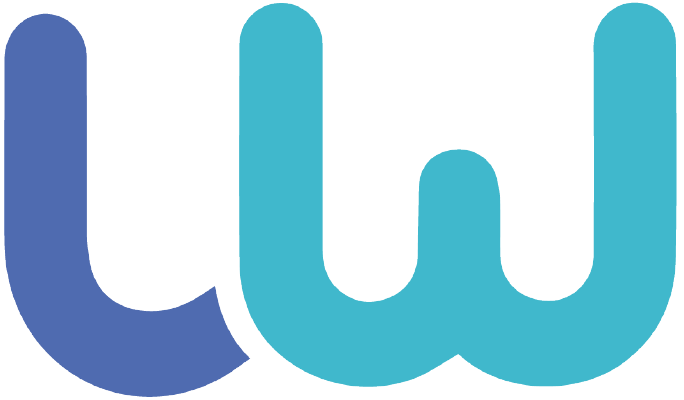
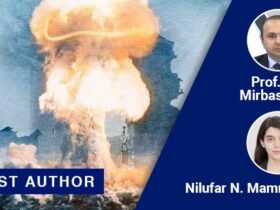

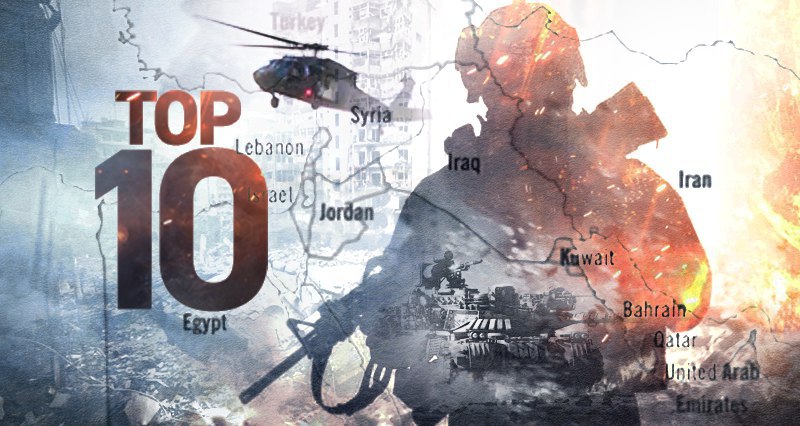
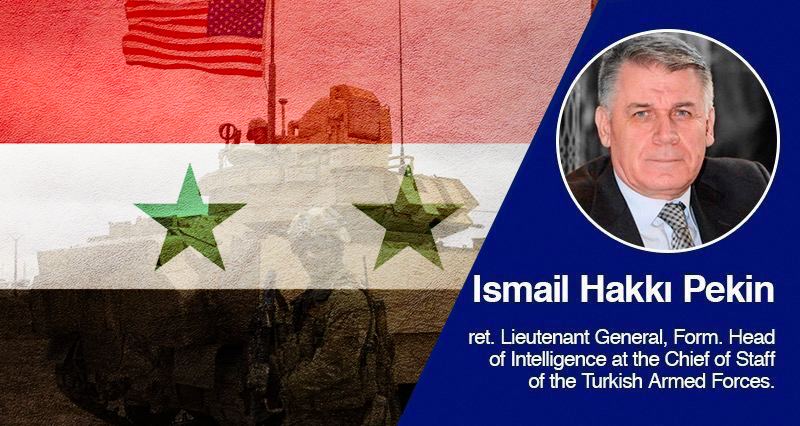


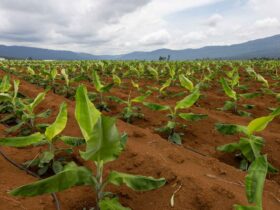
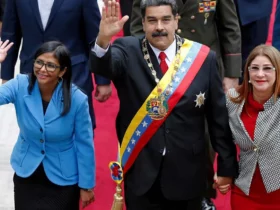
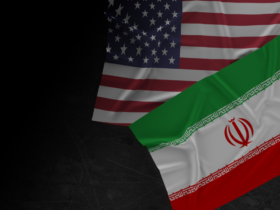

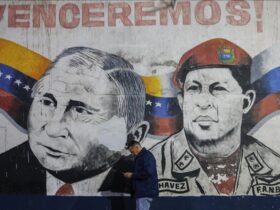
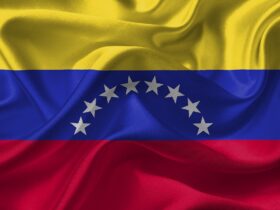

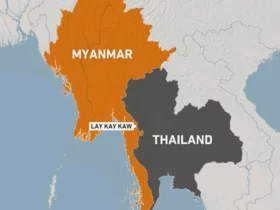

Leave a Reply